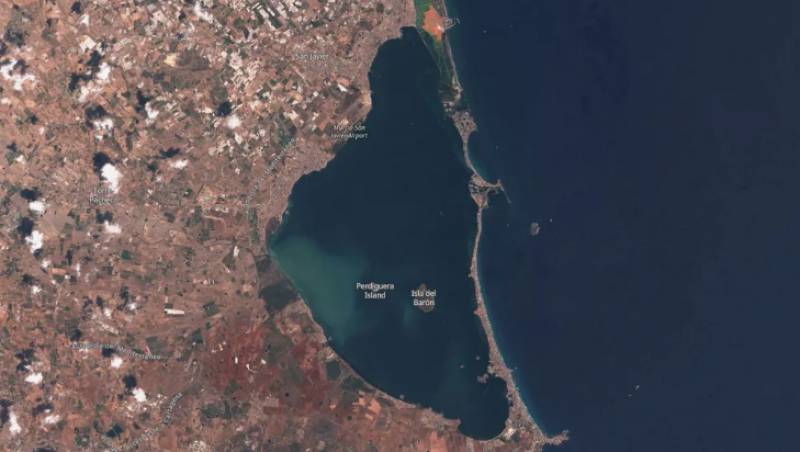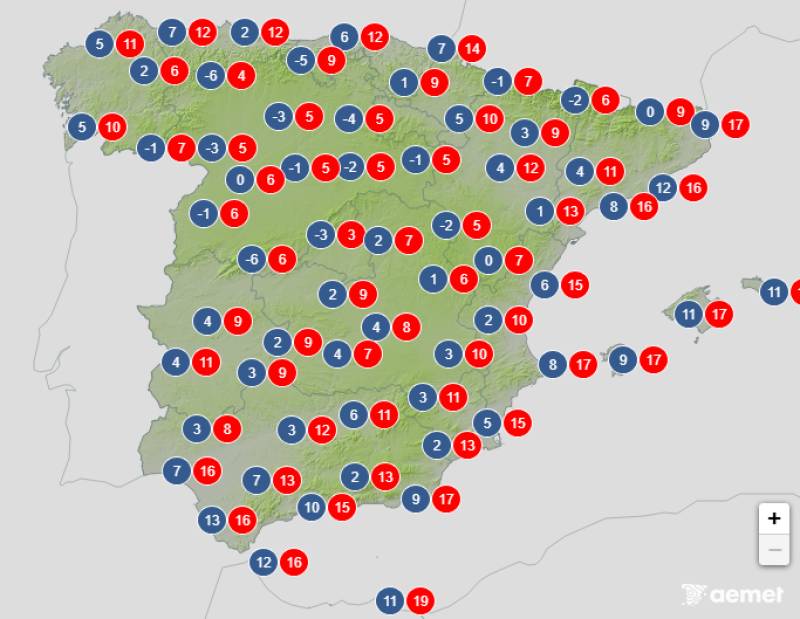

- EDITIONS:
 Spanish News Today
Spanish News Today
 Murcia Today
Murcia Today
 Alicante Today
Alicante Today
Date Published: 17/11/2022
ARCHIVED - Why are the Mediterranean Sea and the Mar Menor changing colour?
Scientists point to increasing temperatures as the culprit for dramatic water changes in Spain

The very slightest variations in Spanish waters can produce a knock-on effect for countless species of marine life, and climate change is having a remarkable impact on the Mediterranean Sea in particular, which has drastically changed colour over the last 20 years. Elsewhere, increased flooding and pollution are threatening the fragile ecosystem of the Mar Menor.
For the first time ever, a group of Spanish scientists has managed to study the pigment of the Mediterranean through satellite images and their startling results show that, in the past two decades, the waters have lost much of their iconic turquoise hue. The reason, according to the Spanish Institute of Oceanography (IEO-Csic), belonging to the Plankton Ecology and Environmental Challenges group of the Malaga Oceanographic Centre, is depleting chlorophyll levels.
Chlorophyll is a vital pigment in sequestering carbon from the atmosphere and the marine food chain. Chlorophyll levels have decreased by an average of 20% in the high seas and by as much as 10% along the coast, due in large part to successive heatwaves and warmer temperatures.
This past summer, the temperature of both the Mediterranean Sea and the Mar Menor reached record highs. The study revealed that when the surface water becomes too hot, the water below never gets a chance to circulate upwards. When other factors such as salinity and oxygenation are added in, the masses of water form layers that prevent the different levels from mixing, leaving very warm water on the surface and very cold water below.
This unprecedented rise in temperature, the scientists agree, could be the reason for the depleting chlorophyll levels and the resulting change in colour of the sea.
A very different issue is affecting the Mar Menor, where heavy rain has caused an excess of nutrients, mainly nitrogen and phosphorus, to wash into the lagoon from nearby farmland. In such large supply, these compounds lead to the proliferation of algae, drastically reducing water clarity and visibility. In turn, the algae over-consumes oxygen, creating the cloudy and sometimes green-tinged colour the Mar Menor has become known for.
"This work is an example of the importance of having sufficiently long and quality time series of oceanographic data to be able to detect significant changes in the concentration of chlorophyll, which may in turn be indicative of the effects of climate change or pollution coming from terrestrial sources", concluded one of the authors, Francisco Gómez Jakobsen.
Image: Sentinel
staff.inc.and
Loading
Sign up for the Spanish News Today Editors Roundup Weekly Bulletin and get an email with all the week’s news straight to your inbox
Special offer: Subscribe now for 25% off (36.95 euros for 48 Bulletins)
OR
you can sign up to our FREE weekly roundup!
Read some of our recent bulletins:
Discount Special Offer subscription:
36.95€ for 48 Editor’s Weekly News Roundup bulletins!
Please CLICK THE BUTTON to subscribe.
(List price 3 months 12 Bulletins)
Read more stories from around Spain:
Contact Murcia Today: Editorial 000 000 000 /
Office 000 000 000























